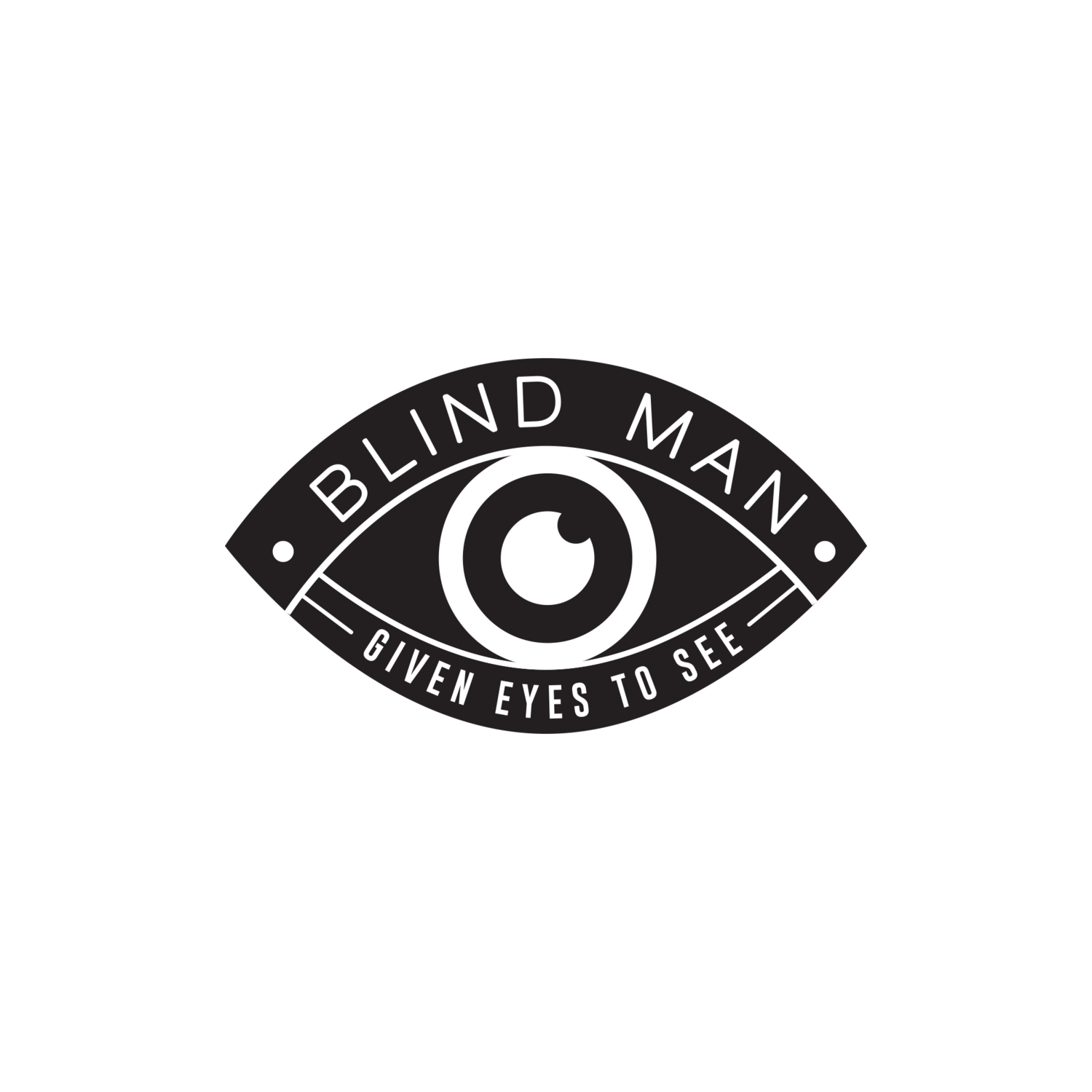The Stages of Change Model is a key tool in addiction counseling and recovery. We can see the Stages of Change model active in more than just recovery from substances, but instead in any type of change we are endeavoring to make. This model even describes when the Holy Spirit starts convicting us for things in our life that are not of God.
For the sake of this post, let’s look at one example: Porn. Porn use and addiction is so common that it is a multi-billion industry. That’s billions of dollars going toward something that degrades human dignity, undermines marriage, and treats one of God’s most sacred creations as a play thing.
Let’s look at this model and see how it can help us break habits, treat addiction, and even build new lifestyles.
*Note: Porn addiction is a process addiction which means although one is not putting substances into his/her body, the reward center of the brain still activates, causing an addiction.
Pre-contemplative
In the Pre-contemplative stage, the person hasn’t thought about it. Maybe they are in denial. They do not see that they have an issue or think there is anything that needs to be changed. They do not see their porn usage as a problem, much less a sin. They do not recognize this as sexual immorality.
Contemplative
To contemplate means to think about. In this stage, the problem can no longer be easily ignored or denied, so we think about it. Perhaps this is triggered by a crisis, like being caught, or confronted. Maybe there is a new relationship, or a damaged one that needs repaired. Maybe the Holy Spirit convicts us without using any of those things.
This is the stage where we think things like “maybe I have a problem” or “maybe a change needs to be made.” We start to feel guilty about sinning (remember, guilt and shame are different). That guilt has us thinking about making a change. We start recognizing that porn use might be wrong and maybe we should stop engaging in it.
Preparation
Our conviction starts to guide us to prepare to take action. We are leaning towards change. With pornography, this could look like looking up articles about the harmful effects of porn physiologically or psychologically. We might start looking up different support groups or looking for help whether from a friend or a counselor, or seeking software to help protect us.
Action
When you are in this stage, you are intentionally taking necessary steps to change. In this scenario, you are confiding in accountability friends and taking steps to distance yourself from temptation and enter into accountability. This could be downloading internet filters and website blockers as well as accountability apps and getting a mentor or accountability partner.
Maintenance
This stage you are maintaining the progress you make through routine and self-care. For pornography this could mean seeing a counselor once a month or checking in with a partner once a month. This is continuing to do whatever was working for you to stay away from porn use.
Relapse
Relapse does not necessarily mean use or falling back into what you are changing from; however, it will lead to use or reverting back to the behavior. Relapse happens when you do not keep up your maintenance. Relapse in this scenario would be no longer speaking to your accountability partner, not practicing self-care, and the obvious, watching porn.
The Stages of Change model can be used for a variety of process addictions and detrimental behaviors. Like sanctification, the Stages of Change model is a dynamic. It is good when you are repenting from a behavior that you think you are trapped in.

